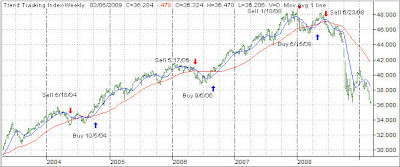
Reader Sig had this comment after reading my new e-book “The Simple Hedge Strategy:”
First let me thank you for your continued effort to educate and inform us neophytes. I really appreciate your efforts on our behalf.
My question is this: I have found there is a 90 day holding period on most mutual funds. Am I correct, and if so, how does that work with this hedging information?
Yes, that is correct. Most brokerage firms have a 90-day holding period. That does not mean you can’t make adjustments to your mutual funds, but you will be charged for it. With most brokerage firms that should not have other dire consequences, such as you being considered a frequent trader.
All investment advisors usually rebalance once a quarter. However, the brokerage firm will charge them (and you) an early redemption fee if executed within 90 days. In the case of my custodian (Schwab), that would be $50 per mutual fund adjustment. If you run into problems with rebalancing by using the buy-and-hold superpowers (Vanguard and Fidelity), I suggest you move your account elsewhere.
There are 2 ways to get around the early redemption problem altogether when using my hedge strategy:
1. Make your rebalance adjustment with the short position (SH), and you will only pay the ETF trading fee, which in most cases is around $12.95.
2. Use only ETFs, if that is your mode of operation, and you won’t have to deal with that issue at all.
I think these ideas will help you work around those common mutual fund limitations.





